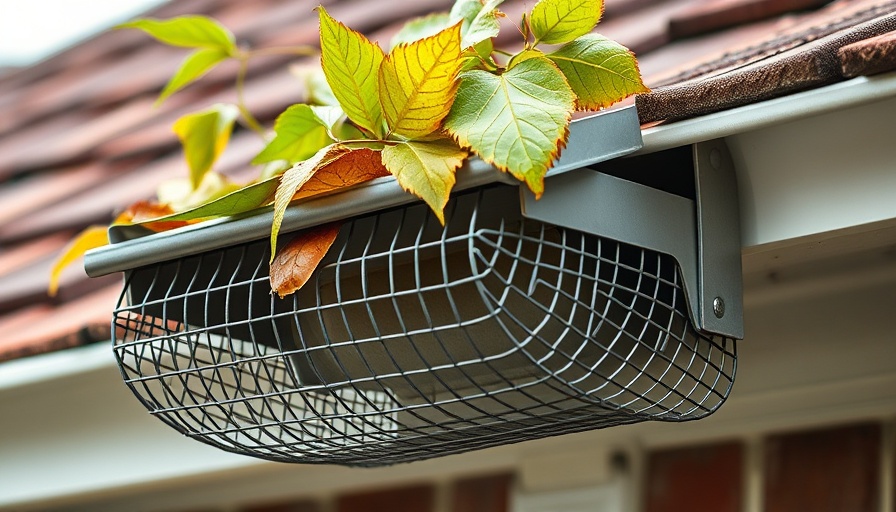
Understanding Garage Fire Separation: Why It Matters
When it comes to home safety, the relationship between your garage and living spaces can be a critical one. Fires originating in garages account for thousands of incidents each year, with many breaching homes and leading to devastating consequences. The importance of fire-rated drywall in preventing the spread of flames cannot be overstated. Proper fire separation establishes a necessary barrier, granting residents precious extra moments to escape in the event of a fire.
Fire-Rated Drywall: The Essential Barrier
Fire-rated drywall is often seen as the frontline of defense against garage fires. Standard practice recommends using 1/2-inch Type X drywall to create this protective barrier on the garage side of the wall. If the living space lies directly above the garage, the requirement escalates to 5/8-inch Type X drywall. This specification is a crucial component of construction codes aimed at minimizing risks associated with fire spread.
According to a former professional home inspector, Josh Rogers, ensuring that all gaps around doors and openings are fire-caulked or sealed prevents dangerous gases, like carbon monoxide, from infiltrating living areas. Ignoring these codes can compromise safety and lead to severe consequences, including loss of property and, tragically, lives.
Potential Pitfalls in Garage Safety
Even newly constructed homes have been reported to overlook essential fire safety features. Using materials such as particle board for attic access in garages instead of fire-rated alternatives can jeopardize safety protocols. Furthermore, improperly mounted ladders in garages or subpar doors (like hollow-core versions) present opportunities for fire breaches. By addressing these often-overlooked aspects during home inspections, homeowners can significantly enhance their safety.
Considerations for Homeowners
Transitioning from a garage to a living area requires careful consideration. The wall should ideally feature fire-rated drywall on the garage side for maximum safety, while the interior side can be finished in a variety of materials like wood paneling, provided it's in good condition. If renovating or building, it is fundamental to use proper materials to maintain a safe barrier.
Moreover, local building codes must be carefully adhered to, and considerations about safe access to living areas from garages should always be top of mind. A vital rule is that sleeping areas must never open directly into a garage, reinforcing the separation essential for safety.
Future Trends in Fire Safety
Homeowners need to remain updated on trends and insights regarding garage safety. With ongoing technological advancements, future solutions may include smarter detection systems that can provide faster alerts in the event of a fire, and advanced building materials designed specifically for fire resistance.
Being proactive about such innovations can significantly reduce the risk of fire-related incidents and enhance overall home safety.
Action Steps for Homeowners
Before moving forward with renovations or assessments, homeowners should consider a professional home inspection. Such an inspection can reveal unsealed penetrations or inappropriate materials, ensuring that your home meets safety codes. Investing in a qualified inspection service can prevent minor issues from evolving into major safety hazards.
 Add Row
Add Row  Add
Add 






Write A Comment